Editor's note: This is a developing story and is being updated.
In the early hours of June 10, Kyiv came under another Russian attack, involving ballistic missiles and drones. Explosions were heard across the city as air defense systems engaged the targets.
Air defense earlier warned of the threat of missile and drone attack.
Kyiv Mayor Vitali Klitschko reported that cars were on fire in the Shevchenkivskyi district, while drone debris fell on the grounds of a school in the Obolonskyi district. Emergency services were dispatched to the sites of attack, and medics were also called to the Podilskyi and Darnytskyi districts.
In the Dniprovskyi district, smoke was seen coming from non-residential buildings, and a fire broke out at a non-residential site in the Obolonskyi district. Klitschko said a new wave of Russian drones was heading toward the capital and urged residents to remain in shelters as the mass attack on Kyiv continued.
The renewed assault comes just a day after Russia launched a record 499 aerial weapons against Ukraine, including 479 Shahed-type attack drones, decoy drones, four Kh-47M2 Kinzhal ballistic missiles, 10 Kh-101 cruise missiles, three Kh-22 cruise missiles over the Black Sea, two Kh-31P anti-radar missiles, and one Kh-35 cruise missile from occupied Crimea.
Ukraine reported it had neutralized 479 of those targets — 292 were shot down and 187 were disrupted through electronic warfare.
Exclusive: Russia’s ballistic missile production up at least 66% over past year, according to Ukrainian intel figures
Russia’s production of ballistic missiles has increased by at least 66% over the past year, according to data from Ukraine’s military intelligence (HUR) shared with the Kyiv Independent. According to data obtained by HUR, Moscow is now producing 60 to 70 Iskander-M — the ballistic version of the missile — and 10

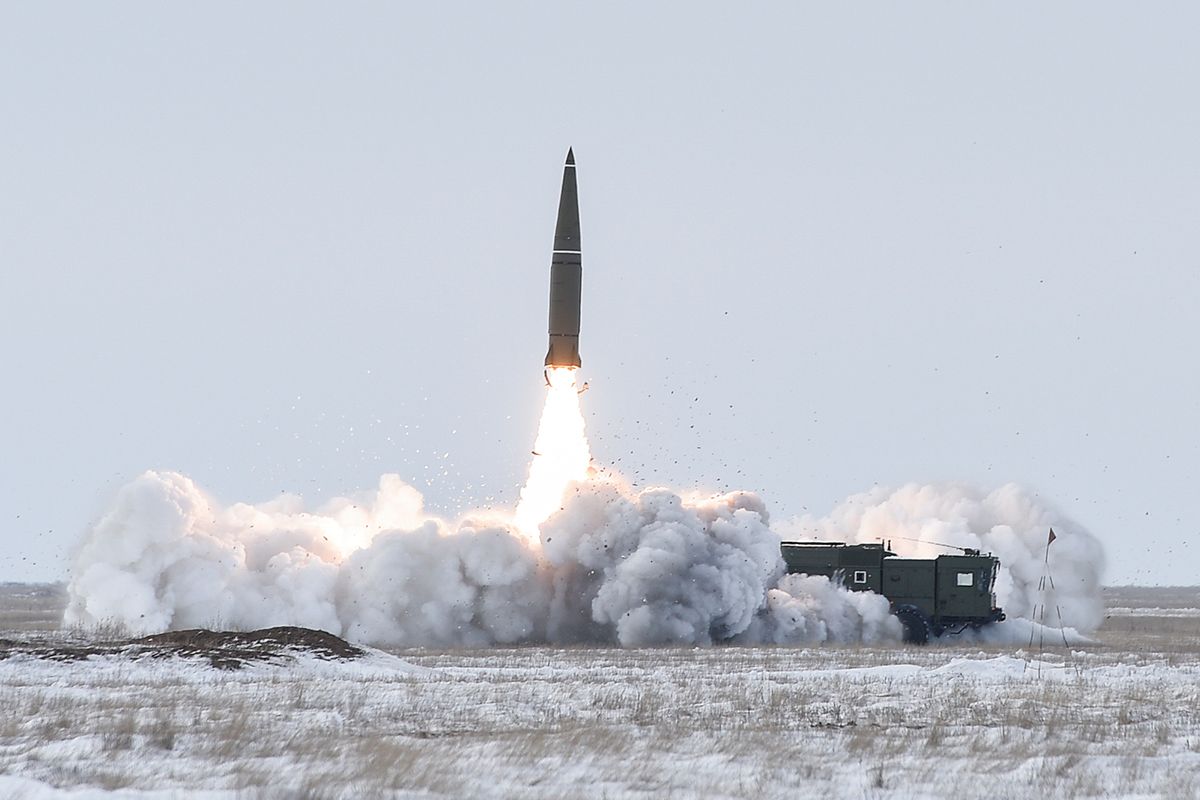
.png)
 German (DE)
German (DE)  English (US)
English (US)  Spanish (ES)
Spanish (ES)  French (FR)
French (FR)  Hindi (IN)
Hindi (IN)  Italian (IT)
Italian (IT)  Russian (RU)
Russian (RU)  6 hours ago
3
6 hours ago
3
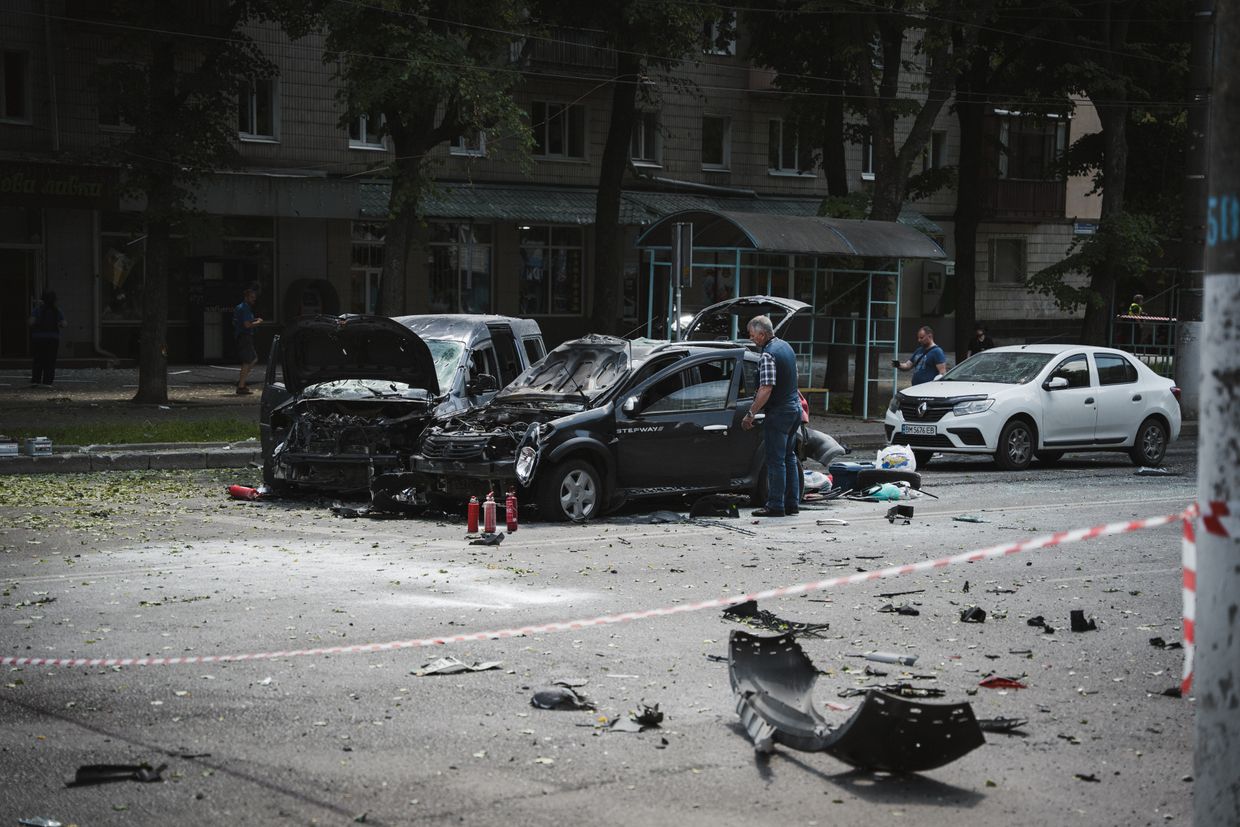

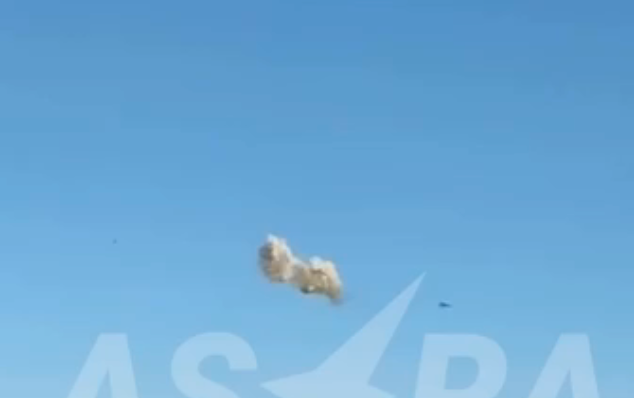
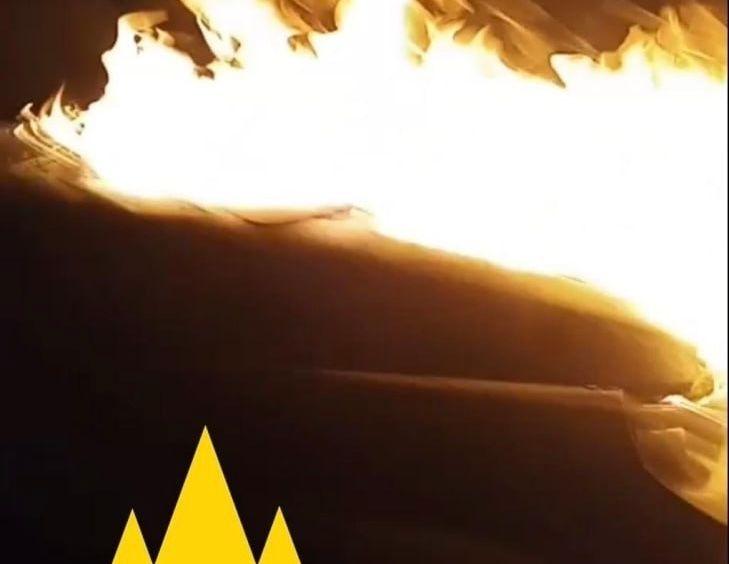



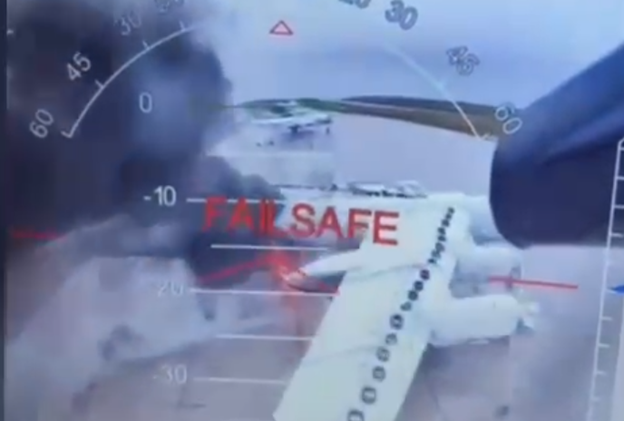
Comments